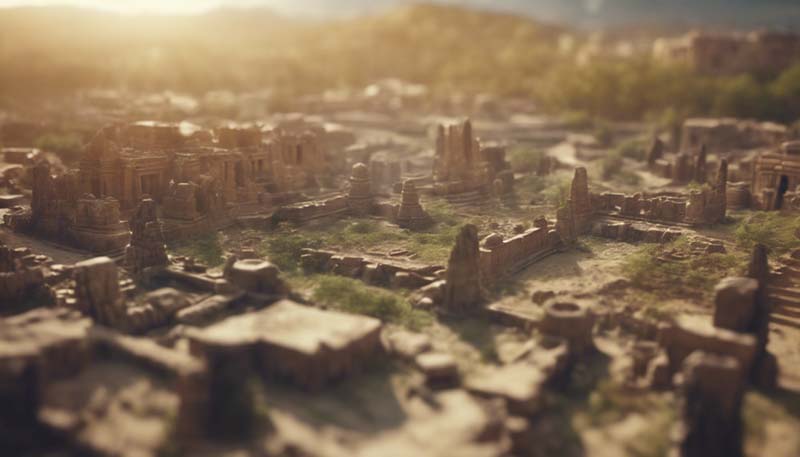The Impact of Geography on the Development of Ancient Civilizations
Geography has always played a critical role in shaping the development of human societies. The location of rivers, the proximity to seas, the quality of soil, and the availability of natural resources have all influenced the rise and fall of ancient civilizations. This essay will explore how geographical factors impacted the development of ancient civilizations, with a focus on agriculture, trade, warfare, and cultural exchange.
Agriculture and the Rise of Civilizations
The advent of agriculture was a pivotal moment in human history, allowing for the establishment of permanent settlements and the growth of complex societies. Fertile river valleys, such as the Nile in Egypt, the Tigris and Euphrates in Mesopotamia, the Indus in India, and the Yellow River in China, provided the necessary conditions for the development of agriculture.
Advertisement
These regions offered not only fertile soil but also a reliable water supply, which was essential for the irrigation of crops. The surplus of food produced by these early agricultural societies supported population growth and the emergence of specialized occupations, which in turn led to the development of complex social structures and the rise of urban centers.
Trade and Cultural Exchange
Geography also determined the extent to which ancient civilizations could engage in trade and cultural exchange. Coastal regions and navigable rivers facilitated the movement of goods and ideas. The ancient Greeks, for example, leveraged their extensive coastline to establish a maritime trading network that stretched across the Mediterranean, fostering the exchange of philosophies, technologies, and artistic styles.
Trade routes, such as the Silk Road, connected the East and West, allowing for the spread of religions like Buddhism and the exchange of valuable commodities like silk and spices. The geographic position of certain cities, like Alexandria in Egypt, made them hubs for trade and intellectual pursuits, contributing to their status as centers of learning and culture.
Warfare and the Defense of Civilizations
Geography influenced not only the economic and cultural aspects of ancient civilizations but also their military strategies. Natural barriers like mountains, rivers, and deserts provided protection against invasions and allowed civilizations to develop with a certain level of security. The Great Wall of China, for instance, was built to protect the Chinese states from the invasions of nomadic tribes from the north.

Conversely, the lack of natural defenses in some regions led to the rise of militaristic societies that emphasized conquest and expansion. The open plains of the Eurasian Steppe were home to various groups of nomadic horse archers, such as the Mongols, who became some of history's most formidable conquerors.
Collapse and the Role of Geography
Geography also played a role in the decline of ancient civilizations. Environmental factors, such as climate change, could lead to crop failures and famine, undermining the stability of a civilization. The overuse of resources, like deforestation and soil erosion, could also contribute to the collapse of a society.
Additionally, the geographic features that once provided protection could become liabilities. As civilizations developed more advanced military technology, such as siege engines and naval warfare, the natural barriers that once shielded societies became less effective, making them more vulnerable to conquest.
Conclusion
In conclusion, geography has been a fundamental force in the development, flourishing, and sometimes the decline of ancient civilizations. The interplay between human societies and their physical environment has shaped the course of history, with lasting impacts that are still evident today. Understanding this relationship is crucial for appreciating the complexity of human civilization and the enduring influence of our planet's geography.
Word Count: 300+
Comments